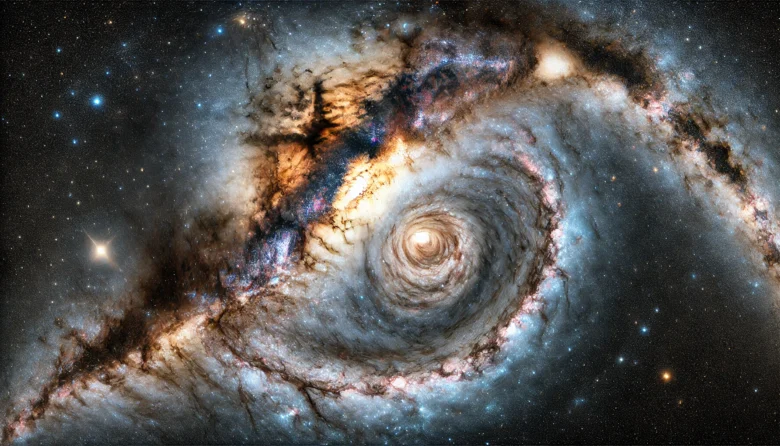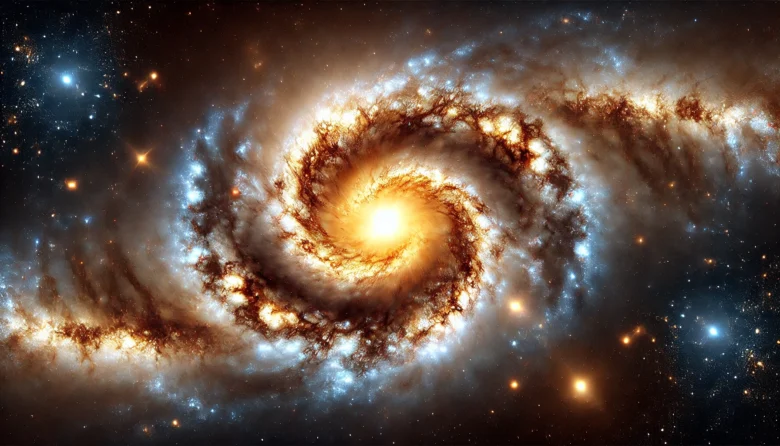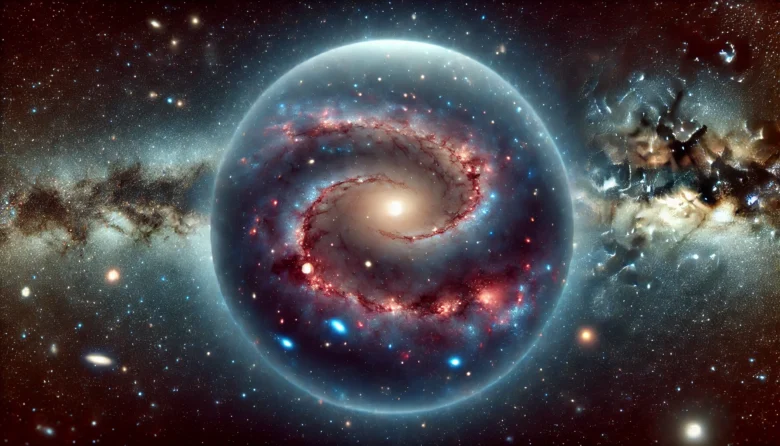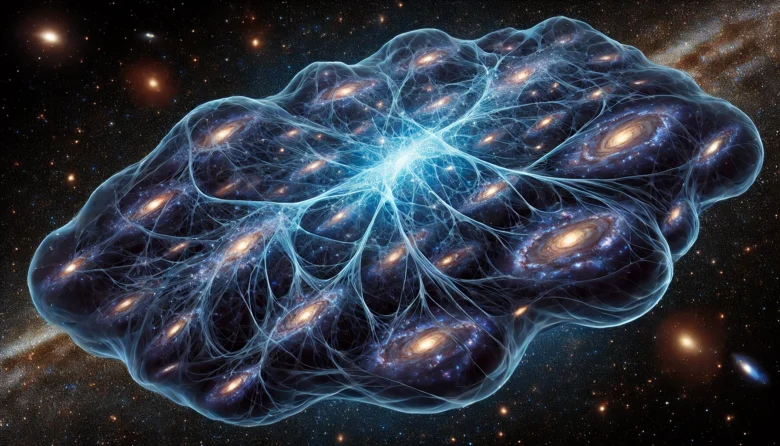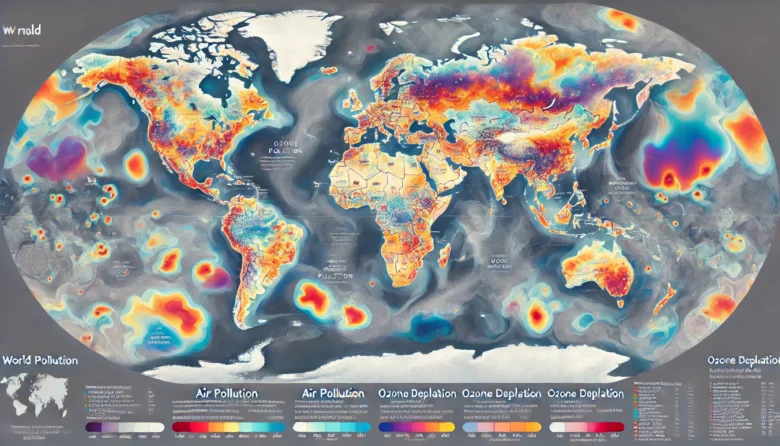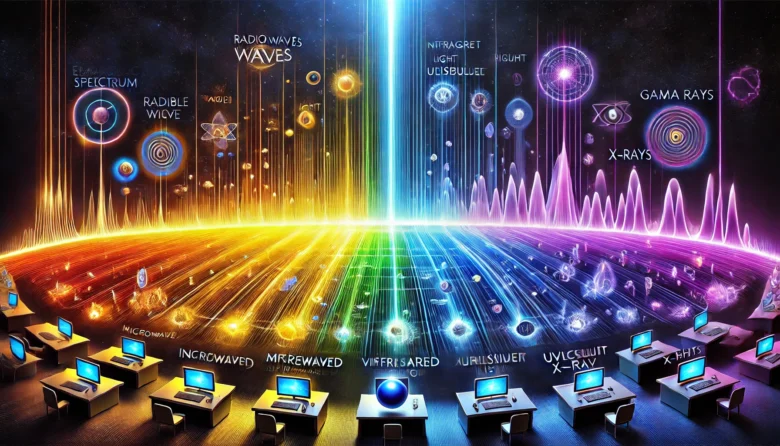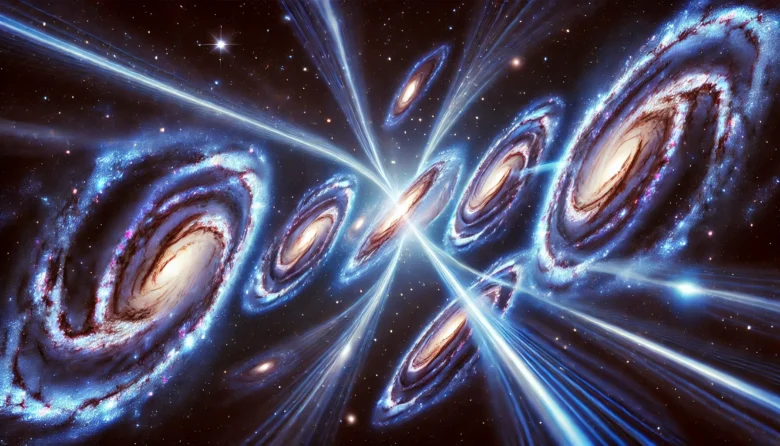When we gaze into the night sky, we’re often captivated by the countless stars twinkling above. But these stars aren’t scattered randomly; they are part of vast, complex structures known as galaxies. Galaxies are the building blocks of the universe, and their formation and evolution are some of the most intriguing topics in modern astronomy. …
Month: August 2024
When we look at the night sky, the twinkling stars often evoke wonder and curiosity. But have you ever paused to consider what these celestial bodies are made of? The stars are not just distant points of light; they are cosmic forges where the building blocks of our universe are created. This fascinating process is …
Imagine tuning your radio to a station, only to hear a persistent hiss in the background. This hiss isn’t just static—it’s the ancient echo of the universe itself, a remnant from a time when the cosmos was still in its infancy. This whisper from the past is known as the Cosmic Microwave Background (CMB) Radiation, …
When we think about the universe’s building blocks, we often consider atoms, stars, and planets. But hidden in the fabric of the cosmos, tiny particles called neutrinos quietly influence the universe in ways we are only beginning to understand. In this blog, “Role of Neutrinos in Shaping the Universe,” we will explore these elusive particles, …
When we think of forests, we often picture towering trees, lush undergrowth, and the vibrant tapestry of life that fills these spaces. But beneath the surface, a hidden world of connections and cooperation plays an essential role in keeping these ecosystems thriving. This world is shaped by the mycorrhizal networks—an underground web of fungal threads …
Unveiling Dark Matter: What We Know About the Universe’s Hidden Mass
Picture this: You’re looking up at the night sky, marvelling at the stars, planets, and galaxies that twinkle from afar. But what if I told you that all the stars, planets, and everything we can see with our eyes make up less than 5% of the universe? The rest is largely invisible to us, with …
Ozone Layer and Pollution: Unraveling the Chemistry of the Atmosphere
Imagine a world without the protective shield of the ozone layer, where stepping outside could mean exposing yourself to the sun’s harmful ultraviolet (UV) radiation. Or consider the impact of polluted air, thick with smog, making breathing difficult. These scenarios might seem like dystopian fantasies, but they highlight the critical role of the atmosphere’s chemistry …
Picture waking up one day to a world completely stripped of light, sound, or Wi-Fi signals. It would feel like being cast into an abyss, cut off from the very essence of our daily life. Yet, all these aspects—light, sound, and Wi-Fi—are manifestations of one of the most fundamental phenomena in physics: electromagnetic radiation. The …
Have you ever touched a hot stove and instantly pulled your hand away without even thinking? Or jumped at a sudden loud noise? These automatic actions are examples of human reflexes and responses—an incredible aspect of our nervous system that keeps us safe and helps us react to the world around us. In this blog, …
Have you ever wondered why the universe is expanding at an accelerating rate? Scientists have been puzzled by this question for decades, and the answer seems to lie in something mysterious known as dark energy. Although we can’t see or touch it, dark energy is believed to make up about 68% of the universe and …

